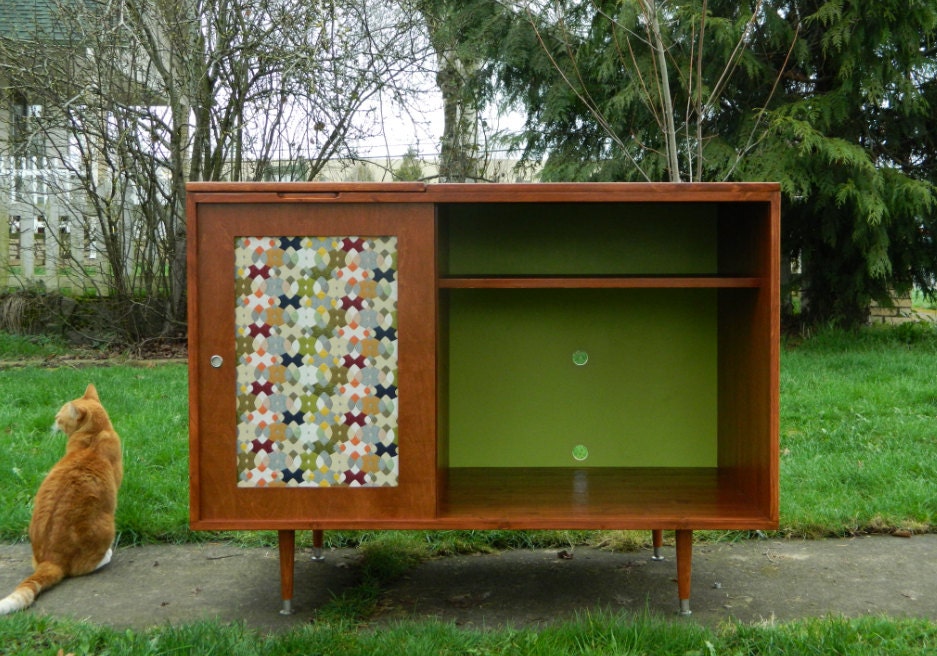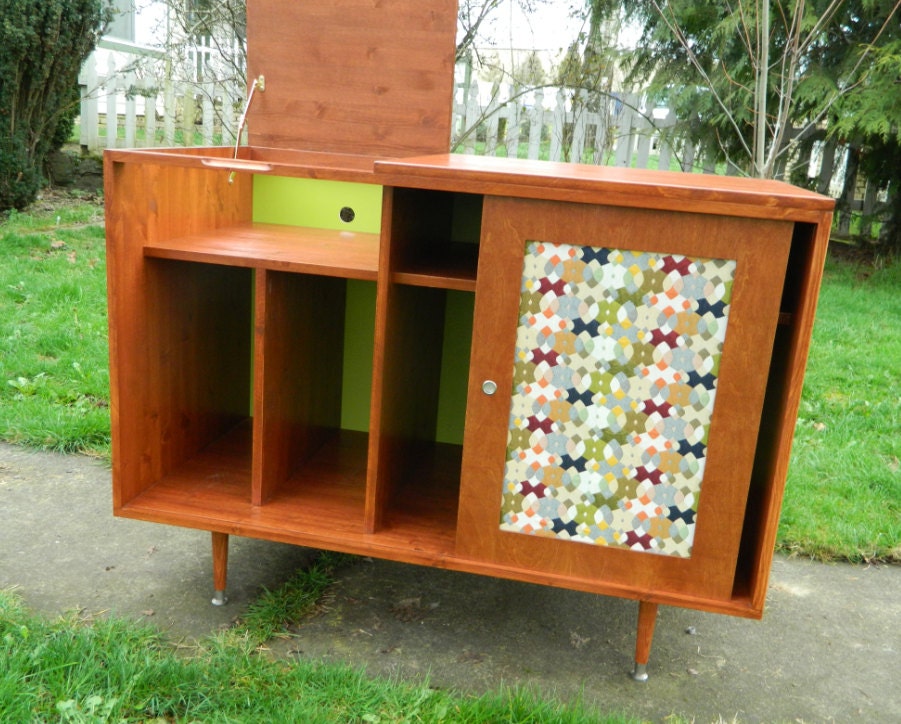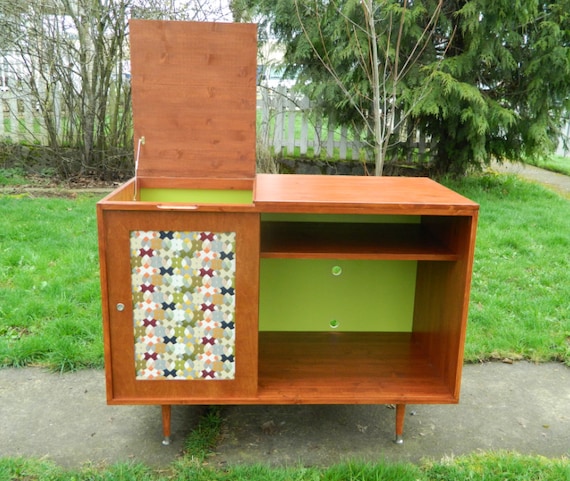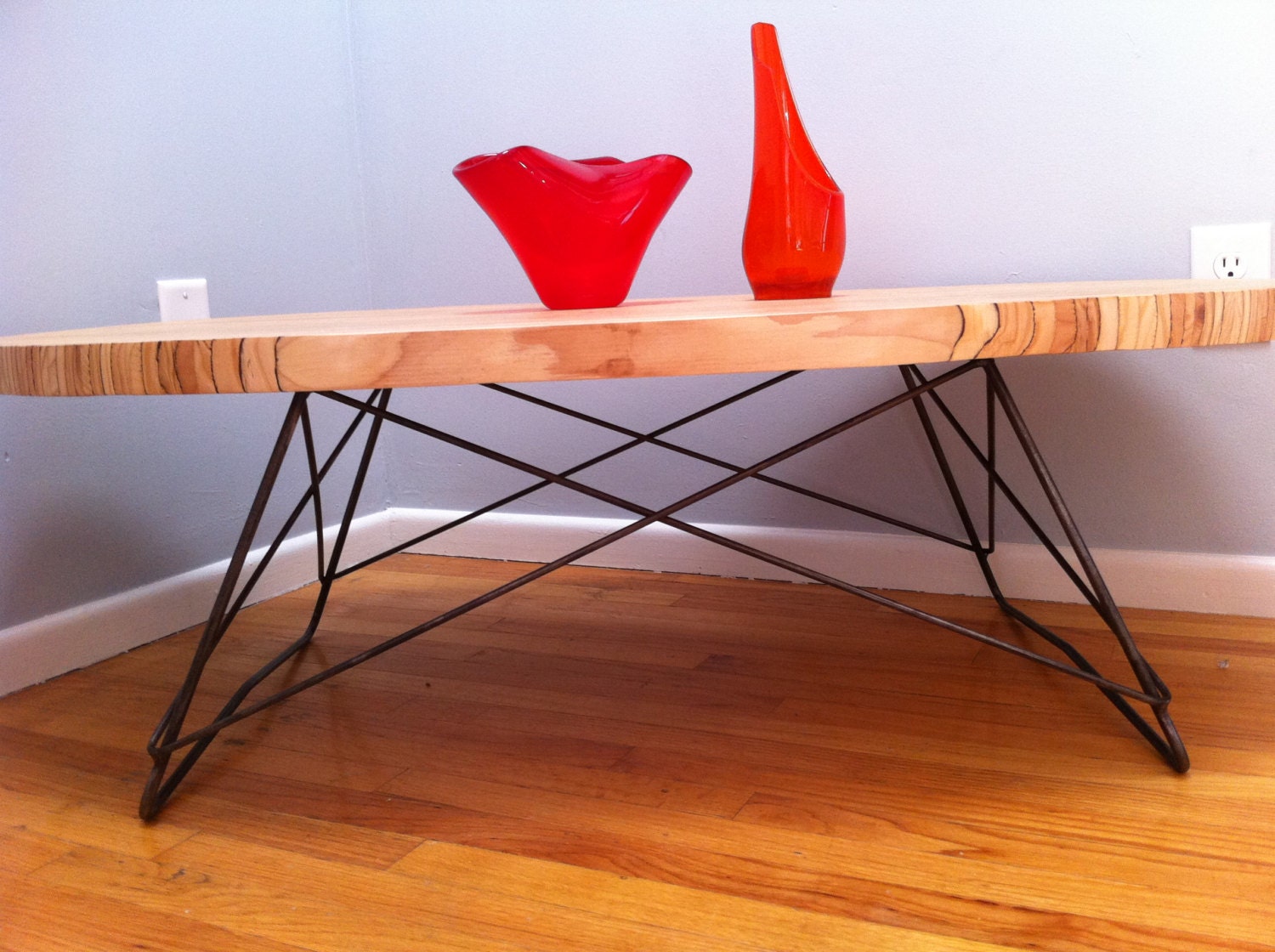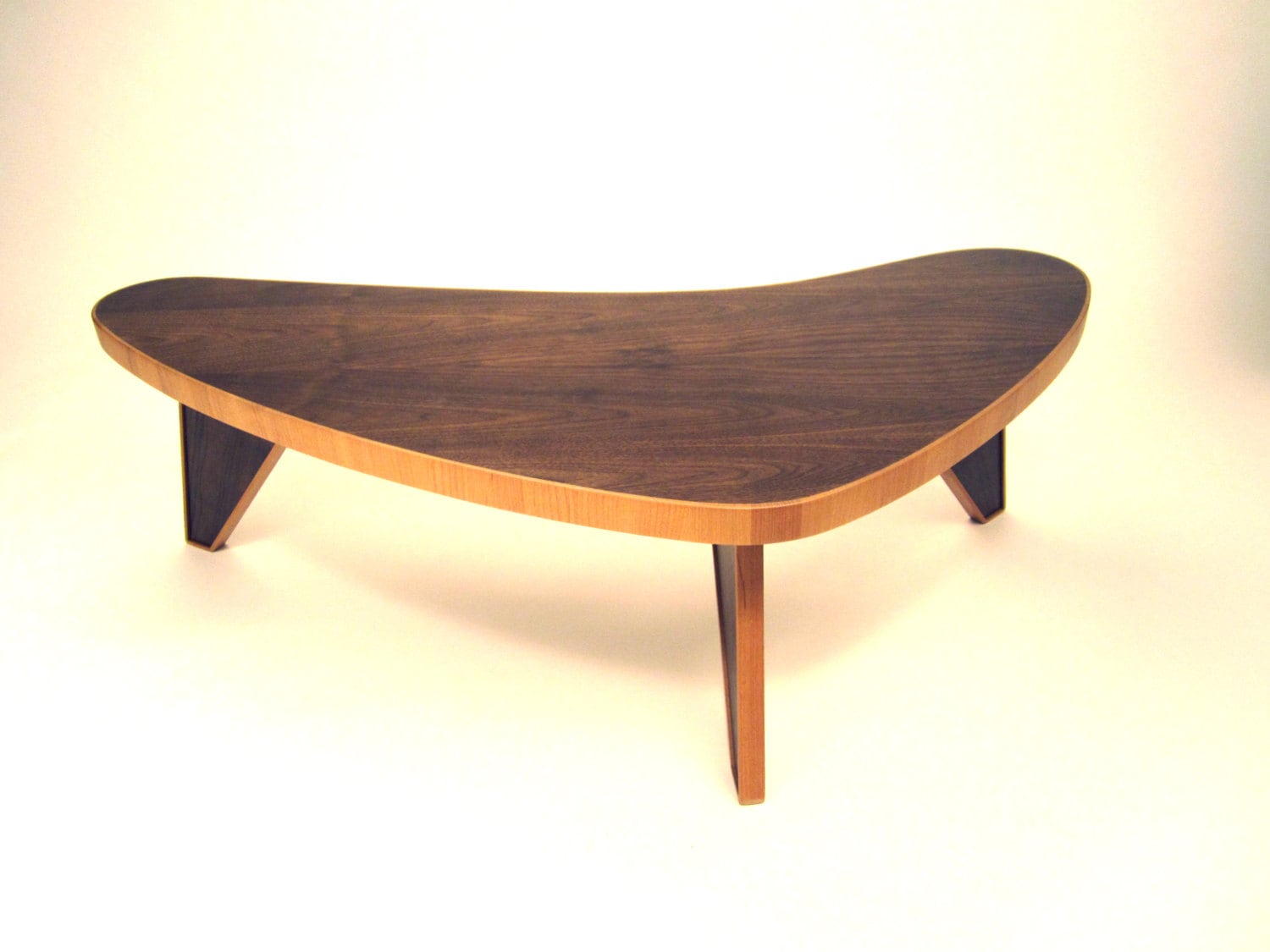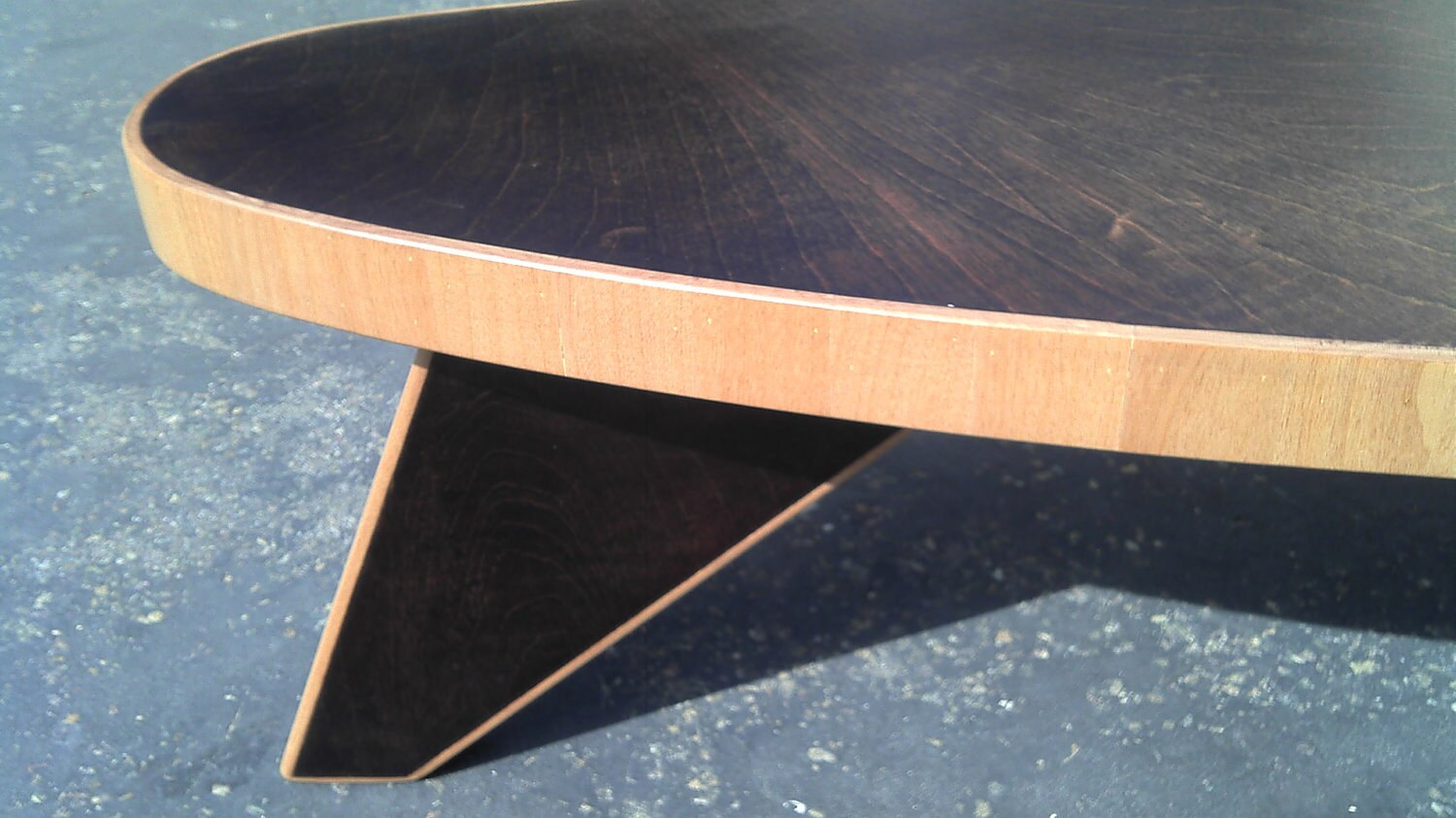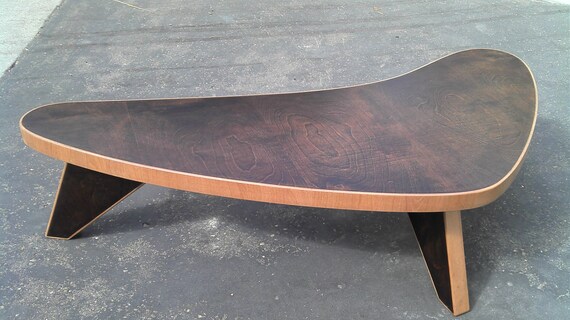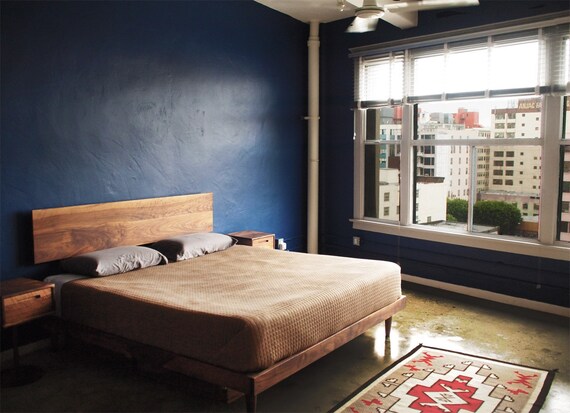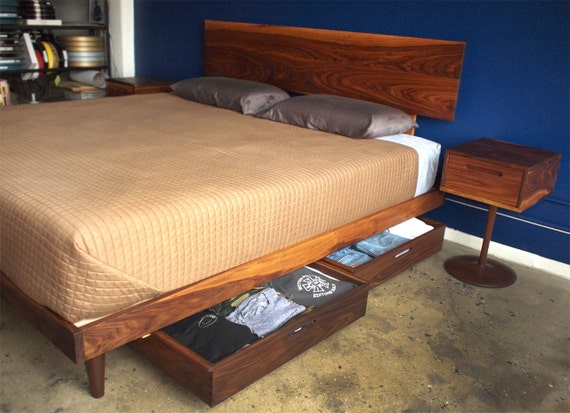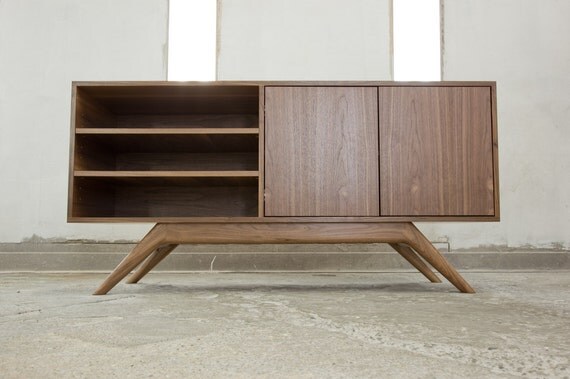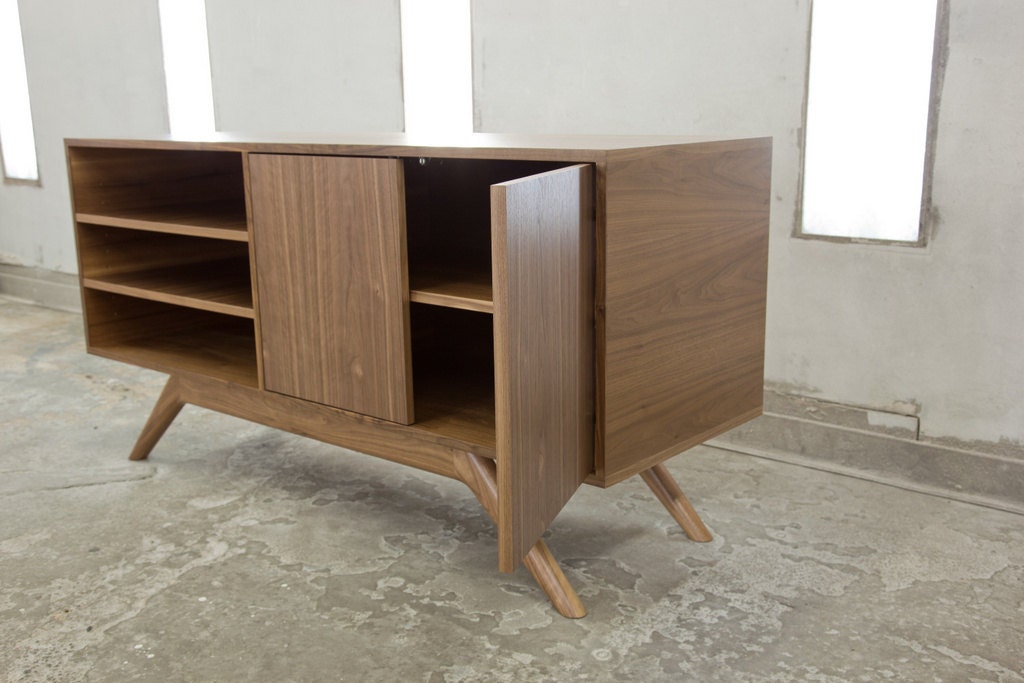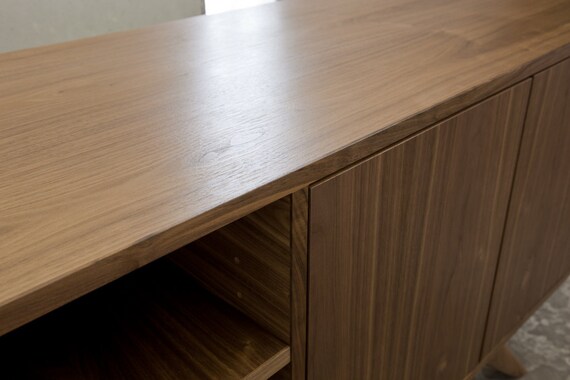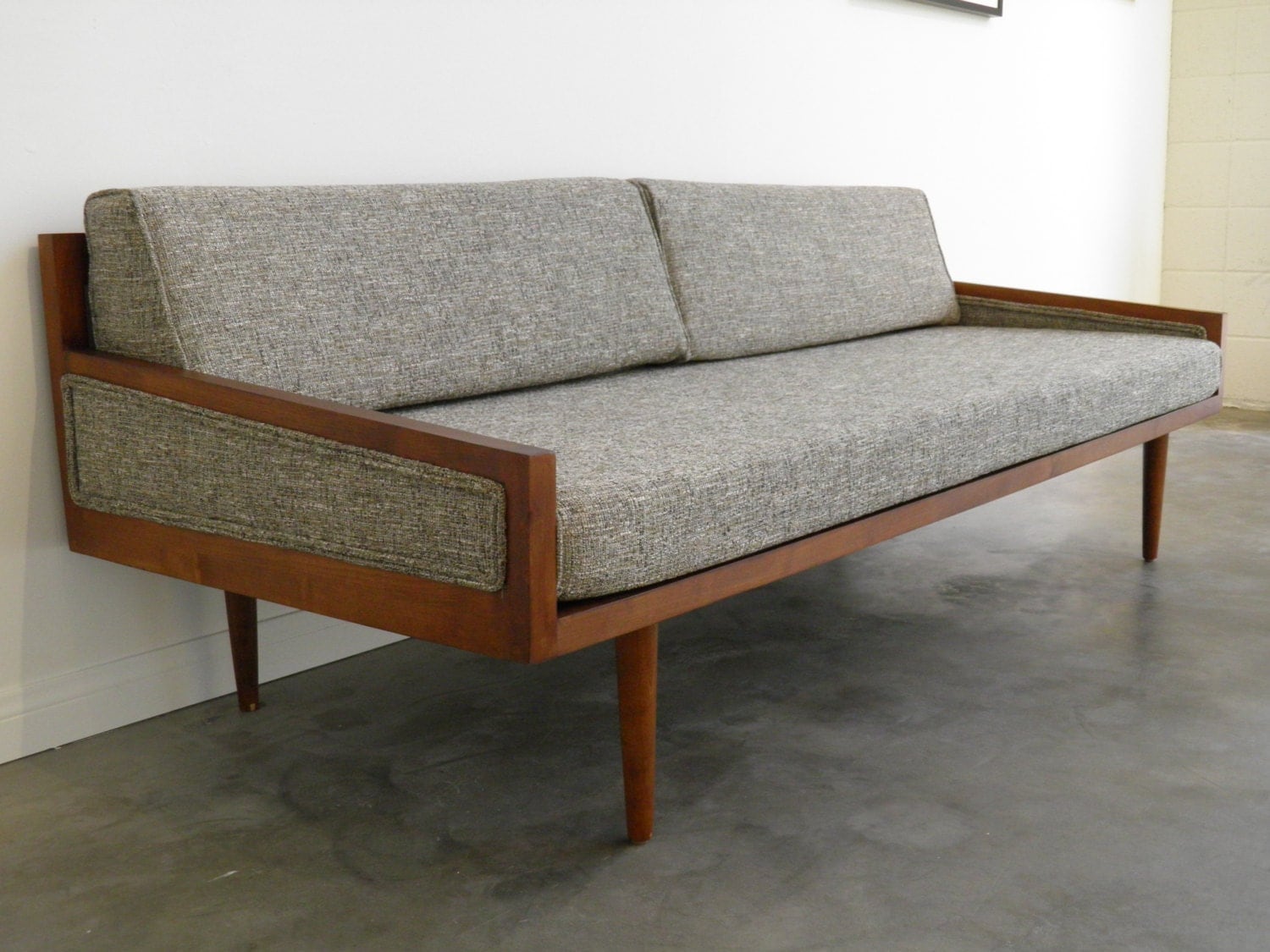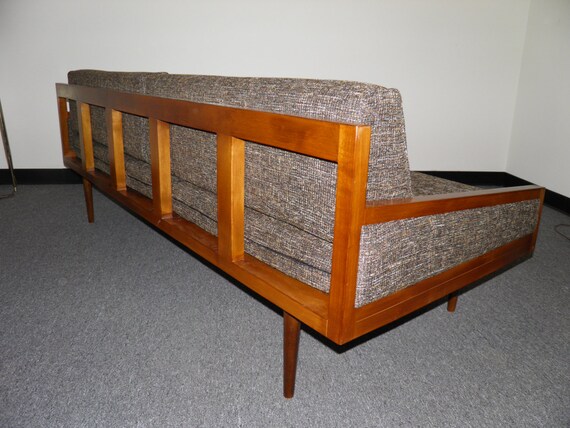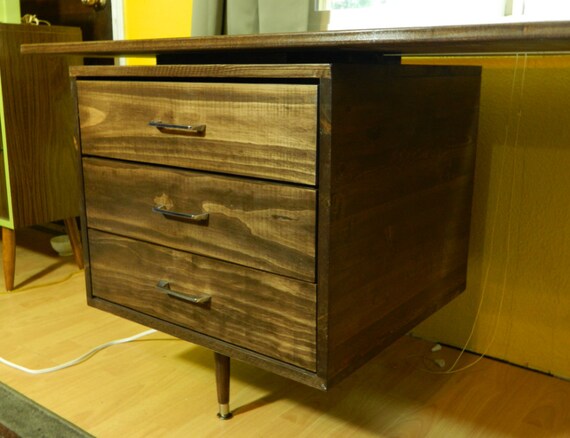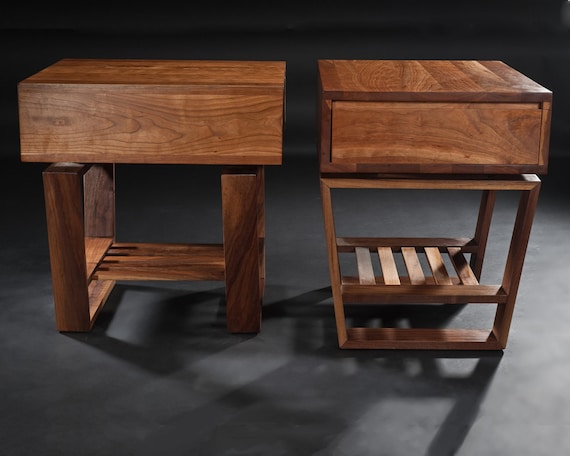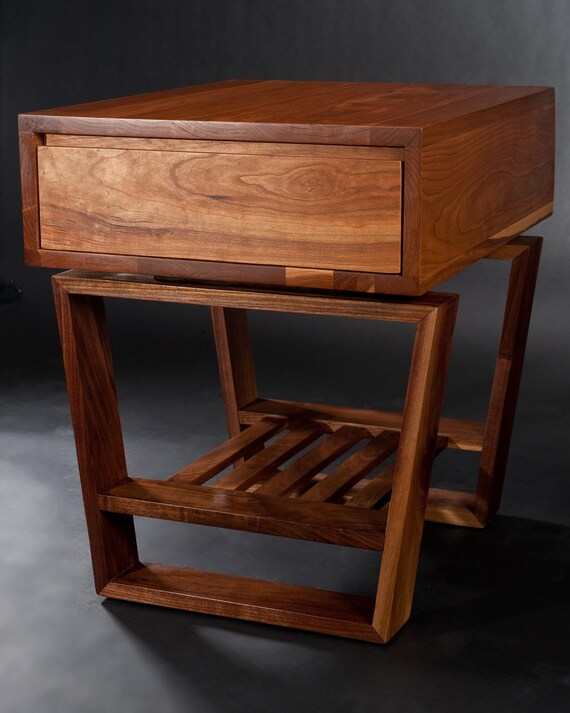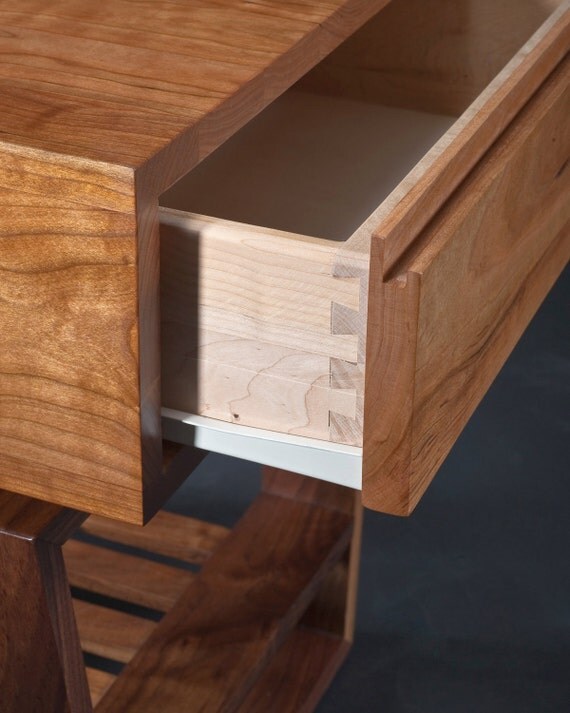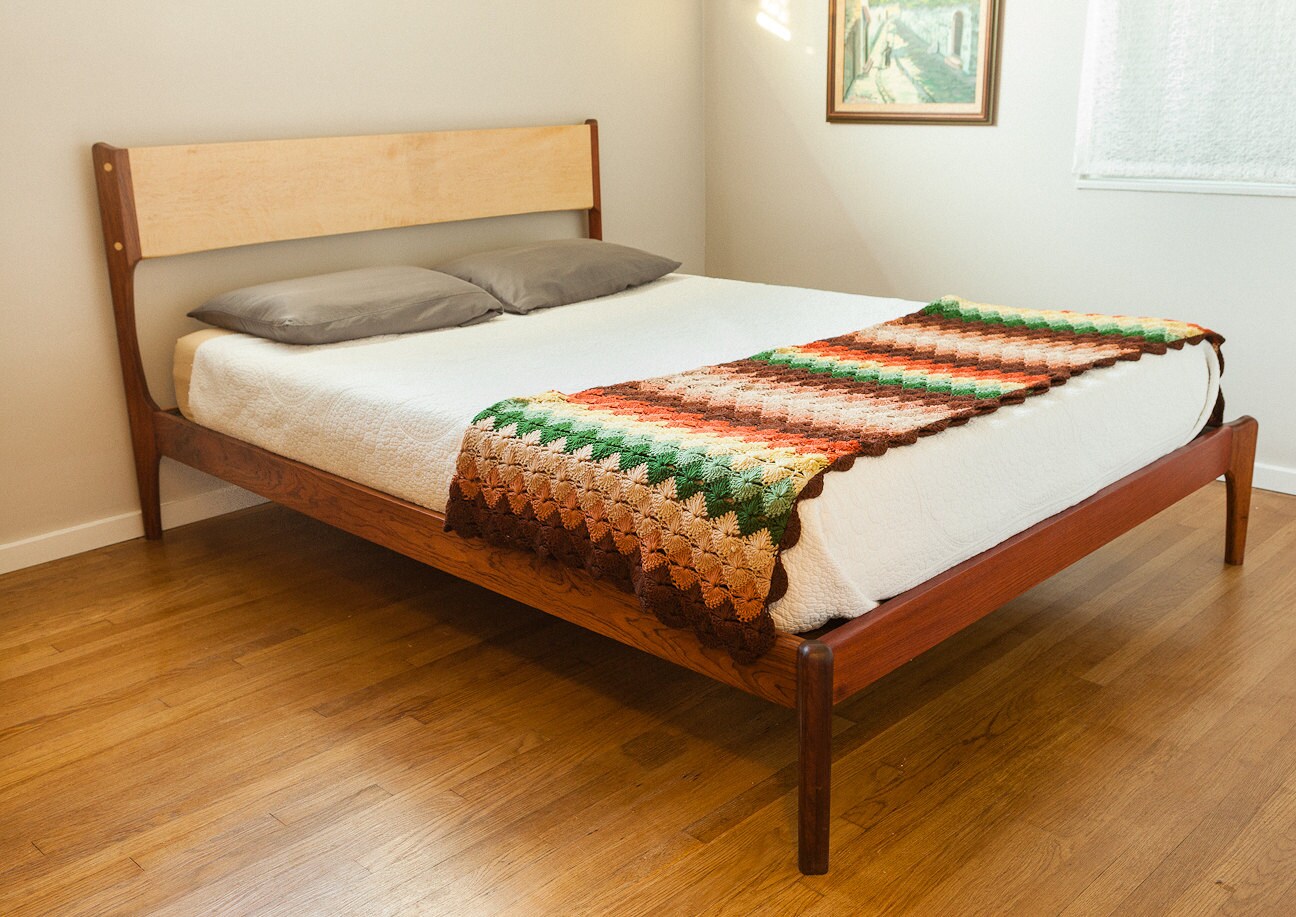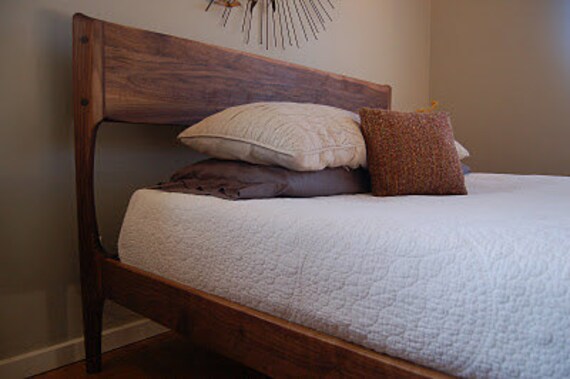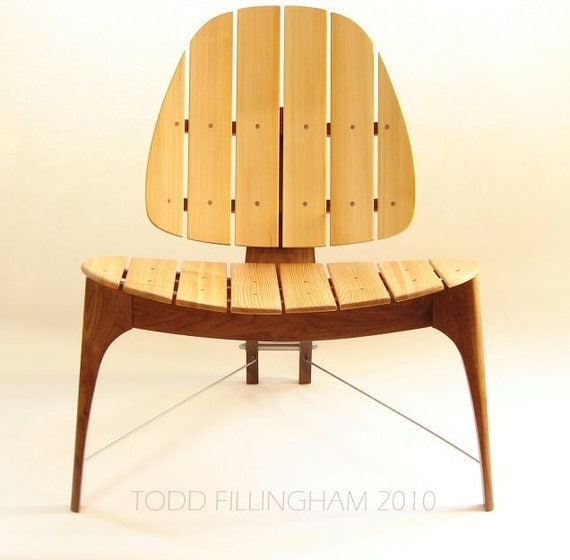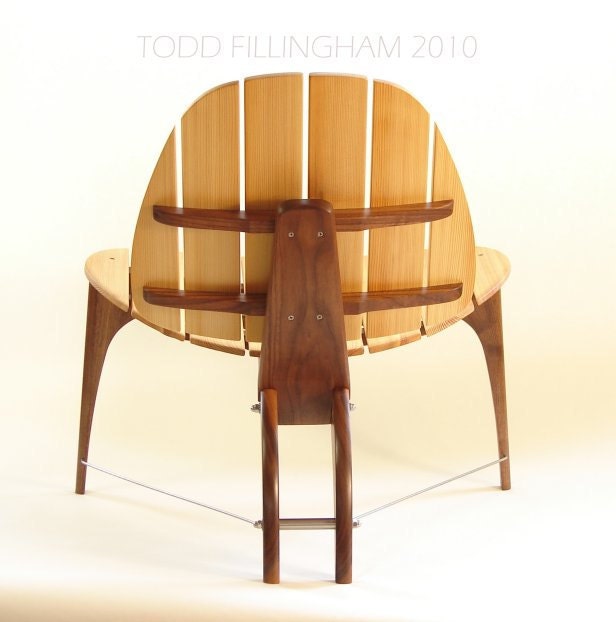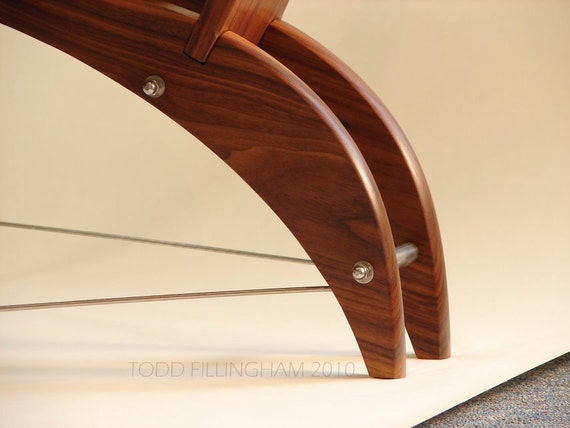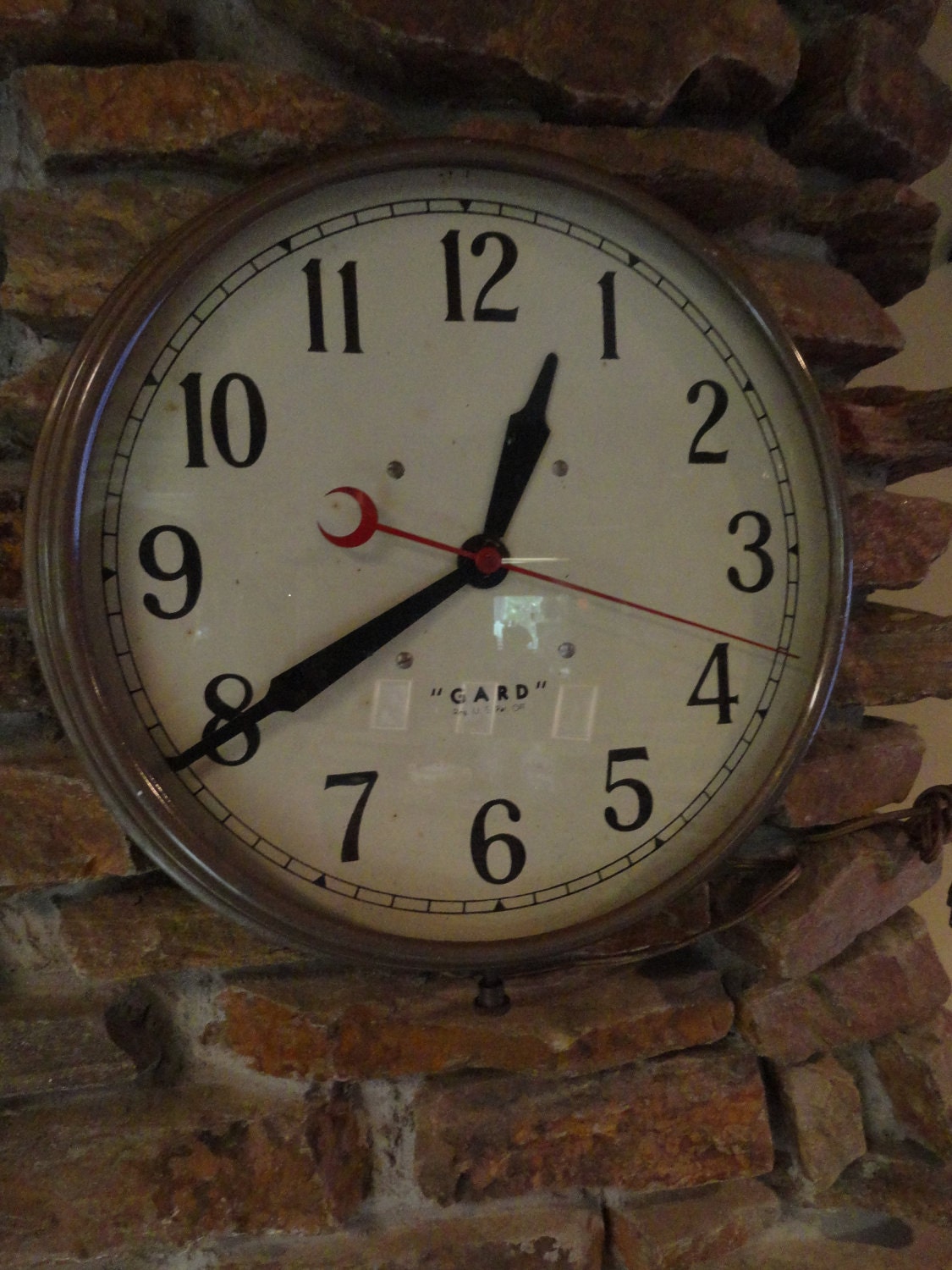Over the years, I have read quite a number of books, magazines, and articles on woodworking. I've also watched a number of videos and shows too. From these, I have learned a lot about how to execute different tasks and techniques, as well as some principles of woodworking. However, something was missing from ever show or article I saw or read. What was it?
Alternatives:
Alternatives are what was missing. In what way? Well, while each show/article had photos and instructions, and while all were well written, they didn't teach people how to use simple tools to do the same job that the big professional tools do. These shows do often use simple tools in these projects. However, the focus was on the most efficient, precise, and easiest way to do the job. In wood working ease equals expensive, and therefore, is out of the range of many do it yourselfers.
Efficiency and ease are great, but only if the cost of tools and materials don't out weigh the need/function of the item being built. I've thought about, and calculated many times the cost versus need of the tools shown on these shows. In every case, I decided that, while I would love to have the table saw, bench planer, or drill press, I couldn't justify the cost. Once again, I don't have anything against these tools. There may come a day when I start to sell my works and I may just buy these for efficiency sake. For the time being though, I can build what I want, and need with simple tools. With a little creativity, a few extra hours, as well as some hard work, you can build just about anything with inexpensive hand tools.
That's why I'm starting Simplified Woodworking. The "simplified" doesn't refer to the projects that will be tackled, rather the tools and materials needed to tackle them. Since I'm no Pro, this will give me the chance to learn, help others, and make mistakes so that all of us can better our abilities.
One thing to keep in mind is that these projects are based on things I need for my own house. Even if you don't need these same items, you can use these projects to learn the techniques, and methods of wood working with simple hand tools. These methods are used in many of the woodworking projects that you will want to complete. Something I've learned about woodworking is that any project can be as simple or complex as you want it to be. Keep in mind, that many times, simple is just as good as complicated, or even better. Others times, you will need a more complex method to allow for strength, durability, and quality. In the world of woodworking there are very few variation in methods of joining, cutting, and finishing. Techniques of each of these procedures can vary greatly. Still, each one serves a very important purpose.
As the projects are completed, I will do my best to explain all the methods used to the best that time allows in the videos. Also, I will explain these same methods in a written post. My explanations will include: why I am doing what I am doing, and also, what else could have been done instead.
At the bottom of the list you will see all the videos Parts 1 thru 6 of the project: Simplified Woodworking: 2 Tone Coat Rack. It goes over the design and the materials. Above each video, you will find a description of what each video contains.
Here is the list of tools and materials you will need. You can download the drawing that I did in Illustrator. (see image above). Hope you enjoy the videos, and let me know what you think.
The materials use for this project are:
- Plywood piece 7"x30"x1/2" (1) Note: Any wood can be used as long as it is the dimensions listed
- Plywood piece 6-3/4"x29-3/4"x1/2" (1) Note: Any wood can be used as long as it is the dimensions listed
- Wood Glue, epoxy, or Liquid nails
- 1/2" Dowels, smooth or grooved (1 stick=3ft long) Note: Smooth dowels will have a more finish and polished appearance. You can also use aluminum or steel dowels with an epoxy
- Flax seed oil / Small can Note: Stains, polyurethanes, lacquers or varnishes can also be used if you choose to.)
Tools
- Circular Saw (Hand saw can be used)
- Hand Saw
- Drill (electric, manual, or cordless)
- 1/2" Drill bit / sharp
- Hammer (Wood, Rubber, or lightweight steel)
- Jigsaw (a Coping can also be used)
- Orbital Sander
- Sand Paper: 80, 100, 120
- Square
- Measuring tape
- pencil
-Application method for oils or coatings of choice. Consult your local hardware store for each product you may want to use.
- Safety gear: Safety glasses, ear plugs, and dust mask (suggested)
Before you watch video number one, please note the following information.
I just realized that I had not gone over the part of how to cut the wood to the 7 inch height that I am using. Well, my suggestion would be this.
First, go get the plywood. If you do not plan on making/building multiple pieces of furniture, then just buy the pre-cut stuff from Lowes or HomeDepot. I've found that generally speaking, Lowes has a better selection of plywood. Remember, I'm not talking about particle board (MDF), or Chip/Press board (OSB). I mean real plywood. Then go and read this link on how to make a straight edge for your circular saw. Measure down from the factory edge 7 inches on one of the corners of the 48 inch width, and then do the same on the other end. Using the straight edge again, cut the 24 inch by 48 inch board into a 7" ("=inches (just in case you didn't know)) by 30" board. Repeat until you have two boards of 7" x 30".
Now that you've thought about the sizing, it's time to think about the materials. There are a couple of easy options. Remember, there is nothing wrong with using pine plywood. Just remember that is scratches and dents fairly easy. That means that in less time your finished project could need to be repaired, or replaced. My personal preference of easily accessible plywood is Birch Plywood or Red Oak. These would be great on this project. Birch would work wonderfully as the natural back piece, and the Red Oak would look very nice as the designed 2nd layer piece. Please note that these two plywood's are my favorite, easily available plywood's, and ones that you can generally get from your local big box home improvement store. There are many more much attractive and different grained plywood's that are popular for wood working available also at any number of furniture quality lumber yards, or wood brokers.
You also can buy red oak in 2'x4' and 4'x8' plywood, just like the Birch. If you want a real 2 tone look that is 100% natural, buy one sheet of the Birch and one of the Red Oak. Using the Red Oak on top. However, if you want to save a little money, you can cut the 2'x4' Birch sheet into 2) 7"x30" pieces and stain one piece with a cherry, mahogany, ceder, or walnut stain. Just something to contrast the boards with.
If you choose to stain, just make sure you stain the top board after you cut the design out, and stain all the edges, and about an inch onto the back all around. This way it will be less noticeable that it was stained.
Please forgive the quality of these videos. This was my first tutorial, and the video equipment I was using was not the greatest. However, I've been told by many, that the project and information is very good. I'm working to improve my videos for the future.
Now we're on to part 2 of this project. In part 2, I go over cutting the front and back boards and drawing out the design. There's not much to explain for this part, so I'll leave you with the video below and let you continue on your way.
Here in part 3 learn about cutting the design out of the top board.
Part 4: Here you will learn about the sanding process and choices that I decided on.
Part 5: In this part, I go over the assembly process of the coat rack.
Part 6: This is the video where I go over the finishing process of the coat rack.

